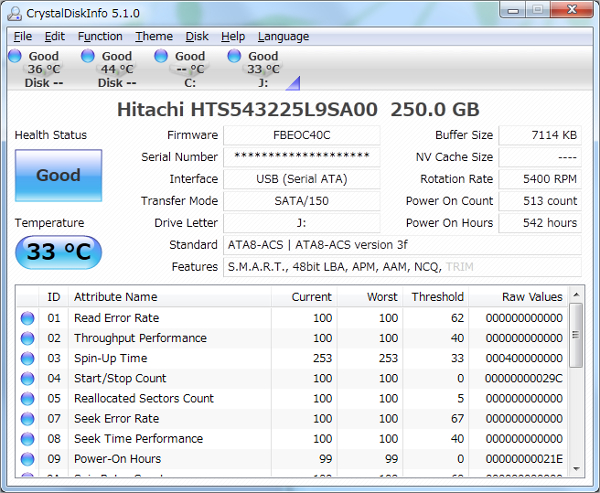

To securely erase data, hard disk drives fill the occupied space on the drive with a file consisting of zeroes or execute multiple writes of different characters. When the command completes, verify the disk has been wiped.Note that spindle disk drives will take considerably longer (hours) to complete. In testing, the average time for SECURITY ERASE completion was less than two minutes for a 256GB SSD.Hdparm -user-master u -security-erase NULL /dev/sdX To securely erase the disk run the following command:.Hdparm -user-master u -security-set-pass NULL /dev/sdX
Generic ssd utility software password#
In this case, the password is set to NULL.

List all connected disks with the following command:.After the command has been issued, tap the power button to wake your computer and continue to the next step. To “un-freeze” a disk we can simply put the computer to sleep for a moment with the following command. SSD drives are locked down with a “security freeze” set by BIOS at boot.SystemRescueCD will boot to a shell prompt.From the options that appear, select “UEFI with Secure Boot disabled”.


Verify that the target volume is encrypted with FileVault by selecting the volume from the Sidebar and viewing its details. If you find that the volume is not encrypted, you may want to use one of the “ Alternative Methods” for securely erasing data below.To display physical disks and containers, click the “ Sidebar” menu and select “ Show All Devices“. By default, Disk Utility only displays available volumes. APFS and HFS+ encrypted volumes are housed within a logical “container” disk within the physical disk’s available space.You must connect the target disk to another machine via target disk mode, USB dock, or opt to use Internet Recovery to perform the following steps. This guide assumes that you are not booted to the disk that you’re attempting to securely erase.macOS 10.12 or higher is required for Disk Utility to see APFS formatted volumes.


 0 kommentar(er)
0 kommentar(er)
